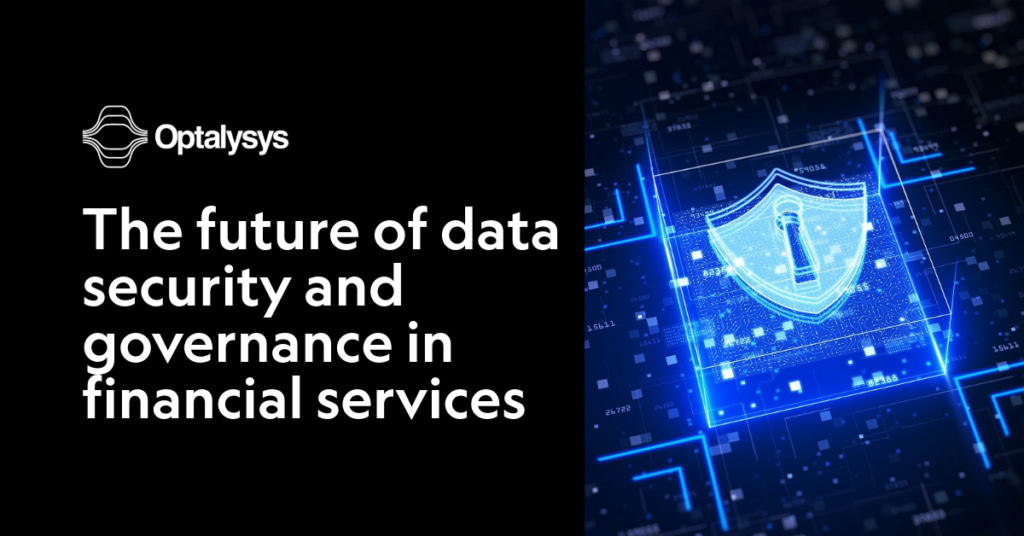
DeFi’s billion-dollar problem (and how FHE can solve it)
Predatory MEV tactics are costing DeFi users billions, but Fully Homomorphic Encryption offers a viable path toward a fairer ecosystem.
DeFi has unlocked unprecedented innovation in financial services, built on blockchains and attracting swathes of users via increased accessibility, transparency and efficiency.
Blockchain’s transparency, while revolutionary for some applications, makes it simply unviable across many sensitive, real-world domains.
This transparency also lends itself to predatory MEV (Maximal Extractable Value) tactics on blockchain networks that have cost unsuspecting DeFi users over a billion dollars. This ongoing exploitation erodes trust, and has hindered mainstream and institutional adoption.
Fully Homomorphic Encryption (FHE), offers a clear path to tackling exploitative MEV practices and building a fairer, more secure DeFi ecosystem.
The good and the bad of MEV
MEV refers to the profit that can be made by strategically reordering, inserting, or censoring transactions within a blockchain block.
Once a block has been created (and finalised a short time later) it is immutable and cannot be changed. This is a key feature of blockchains.
The only point at which transactions can be reordered, added or removed is during the process of proposing a block, when one validator wins or is assigned the task of proposing a block.
At that point, the block proposer has free choice to pick from all queued transactions in the public mempool. The ‘tips’ from all the queued transactions are paid to the block proposer if these transactions are included in this new block. Therefore there is a financial incentive to maximise extractable value and this is where the MEV bots come in – helping the block proposer to quickly find an optimal set of transactions to include.
MEV exists in several forms, some of which are harmful to users while others are integral to the functioning of DeFi.
The most damaging forms of MEV are predatory tactics:
- Front-running: This occurs when a searcher bot observes a large pending transaction in the public mempool and submits their own transaction with a higher fee to be processed first, profiting from the anticipated price movement
- Sandwich attacks: A specific type of front-running, this is where a bot places a buy order just before a large victim trade and a sell order immediately after. This action artificially inflates the price for the victim and allows the bot to profit from the price difference.
Flashbots estimated that between September 2022 and June 2024 alone, predatory MEV cost users a whopping $1.1bn.
On the other hand, some MEV activities are considered benign or even beneficial for market health:
- Exchange arbitrage: This involves searchers finding price discrepancies for the same asset across different decentralised exchanges. By buying the asset on the cheaper exchange and selling it on the more expensive one, they help align prices across the ecosystem, contributing to overall market efficiency
- Liquidations: In DeFi lending protocols, MEV bots play a crucial role by identifying and liquidating under-collateralised loans. This is a necessary function that protects lenders from losses and ensures the financial stability of the protocol
On-chain confidentiality with FHE
Predatory MEV thrives on one thing: information. The bots can only execute their attacks because they can see the details of pending transactions in the public mempool.
Fully Homomorphic Encryption (FHE) eliminates this information asymmetry by enabling on-chain confidentiality.
FHE, hailed as the holy grail of cryptography, allows computations to be performed directly on encrypted data. In the context of DeFi, this means a user could submit their entire transaction—the assets involved, the amount, and their slippage tolerance—in an encrypted format. The blockchain could then process this confidential transaction without ever needing to decrypt it.
This would be achieved through mechanisms like:
- Encrypted mempools: Where pending transactions are held in an encrypted state, making them unreadable to MEV bots
- Private smart contract states: Where the internal logic of a DEX or other DeFi protocol operates on encrypted data, preventing information leakage
FHE allows searchers to compute on encrypted transactions without revealing the underlying transaction details. With full details of the transaction hidden, front-running or sandwich attacks become impossible, as the information required to carry out such attacks remains encrypted.
A fairer future for DeFi
By preventing the information leakage that fuels predatory MEV, FHE can create a much safer and fairer environment for all DeFi participants.
This not only protects retail users from being exploited but also builds the high level of trust and market integrity required for institutional adoption and regulatory scrutiny. FHE can help the ecosystem finally reach its full potential as a transparent, efficient, and truly trustworthy financial system for everyone.
At Optalysys we’re developing the future of encrypted blockchain through pioneering the use of optical computing to accelerate Fully Homomorphic Encryption. Find out more about LightLocker Node and how we can accelerate your confidential blockchain use case →


